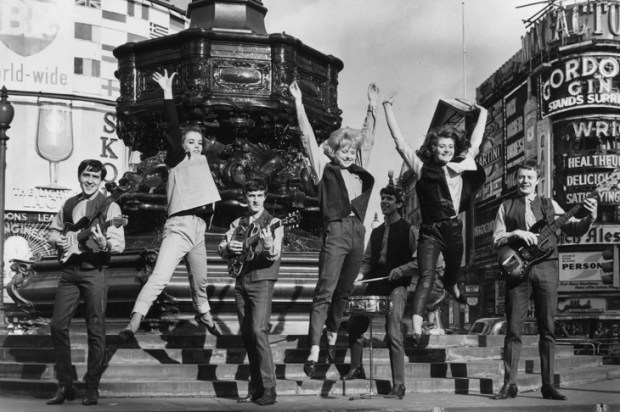The Shard is an unnecessary building. Nobody apart from its developer asked for it to be built. Nobody was crying out for a big spike of concrete, steel and glass filled with a mix of superluxury hotel, ultraprime apartments and loads of speculative offices right above London Bridge station, with an expensive viewing gallery as a sop to public accessibility. Had it never happened, we would not regard the air it did not fill as a waste of atmosphere. The Shard is merely a gigantic financial speculation, majority-funded by Qatari money.
And yet it is a very good piece of architecture. Its veteran Italian architect, Renzo Piano, succeeded in designing a (by London standards) startlingly tall tower that is not like other very tall towers. Its angled, fractured sides do what he intended them to do, changing its appearance according to the sky conditions of a London he knows very well and loves. Like a glimmering Nash terrace in this one respect only, it is especially good on dank, drizzly days. So now it is there, this spiky barometer does serve a purpose in the long views and glimpsed snapshots we have of our capital. It is not formulaic. I reckon most people with open minds are glad it’s there. I’ve even had someone on a train, seeing me reading this book, strike up an interested conversation with me about the building: and believe me, my train face does not encourage such intercourse.
This, however, does not mean that they should rush out and buy the book. It is an account of the 15-year saga of the planning and building of the Shard, from first notions in 2000 to its eventual completion. It also tries to make interesting the person who single-mindedly drove it through, its developer Irvine Sellar. He may have started off as a market-stall rag-trade hustler and made his first fortune on Carnaby Street in the 1960s, but so what? A very self-aware man, he sums himself up early in the book: ‘All these biographies and autobiographies about East End Jewish boys, sons of immigrants who became rich against the odds — I know most of them — it’s all the same story and it’s boring.’ Bang on, though he was north rather than east London.
This authorised account of Sellar is really not very interesting. He was just another driven deal-maker in a sharp suit who was aggressively rude to people, played up to his image and got his way. Everyone interviewed in the book says how much they admire and respect him, of course. This is the only memorable building he produced, but it’s certainly a corker.
That quote continues: ‘If I’m interested in legacy, all I have to do is go outside and look up at the Shard.’ This echo of Christopher Wren’s epitaph in St Paul’s is pure hubris. People don’t remember the money. They remember the architect. This will always be Piano’s Shard, not Sellar’s. Life’s unfair like that. As is the fact that, job done, the surprisingly youthful-looking Sellar, by then 82, suddenly died in February this year, just before Howard Watson’s book went to press. The publishers had time to record the fact at the end, but not to go back through the whole book and its many interviews changing the present tense to the past. So it is written as an account of a living person who happens not to be.
Watson is an editor and writer with an interest in architecture. His book is fluently written and perceptive enough but it produces no great insights. His accounts of construction methods and financing arrangements are scarcely gripping except to the technically-minded. He’s better on people, capturing, for instance, the ruthlessly Machiavellian character of the charming Piano well. But he falls into the trap of repeatedly describing the London Bridge area, pre-Shard, as some kind of Dickensian hell-hole awaiting a saviour. It wasn’t — as the doctors, nurses, accountants, writers and artists of the area back then indicate. It was just fine, if somewhat tatty.
No, it didn’t need the Shard. Do we need this book? It’s got some interesting detail for lovers of development minutiae but — no, not really.
Got something to add? Join the discussion and comment below.
Get 10 issues for just $10
Subscribe to The Spectator Australia today for the next 10 magazine issues, plus full online access, for just $10.
You might disagree with half of it, but you’ll enjoy reading all of it. Try your first month for free, then just $2 a week for the remainder of your first year.














Comments
Don't miss out
Join the conversation with other Spectator Australia readers. Subscribe to leave a comment.
SUBSCRIBEAlready a subscriber? Log in